PDFs Available to Read or Download
PDFs Available to Read or Download

by Michel Chossudovsky (2005)
Focuses on the use of the 9/11 attack on the United States as a pretext for the invasion and illegal occupation of Iraq, and the militarization of justice and law enforcement. This title states that the ‘war on terrorism’ is a complete fabrication based on the illusion that one man, Osama bin Laden, outwitted the $40 billion-a-year American intelligence apparatus.
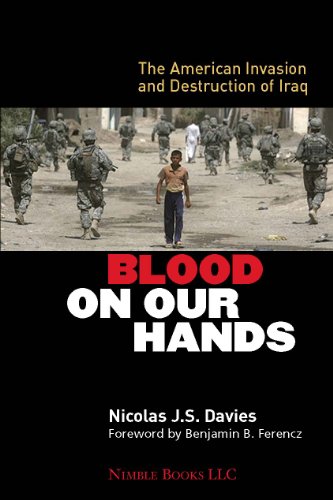
Blood on Our Hands: The American Invasion and Destruction of Iraq
by Nicolas J.S. Davies (2010)
The invasion and occupation of Iraq wasn’t just a tragic mistake. It was a crime. From the planning of aggression in 2002 through years of hostile military occupation, the United States systematically violated the United Nations Charter, the Geneva Conventions and virtually every principle of international law and order. In an easily readable and flowing narrative, Davies has firmly placed each aspect of the war within a coherent context of illegal aggression, hostile military occupation and popular resistance, to uncover the brutal reality of a war that has probably killed at least a million people.
Click here to see review.
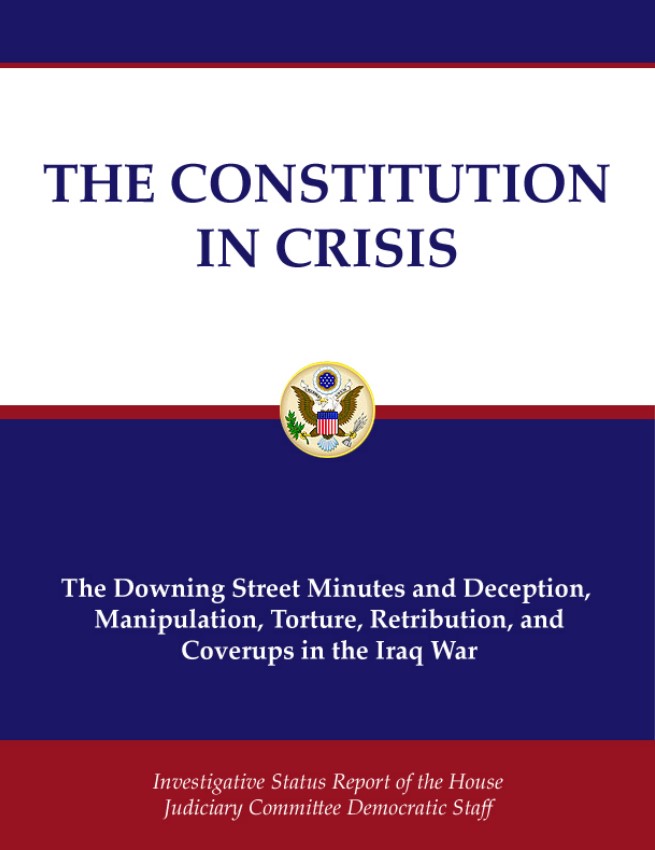
A report, produced at the request of Representative John Conyers, Jr., then Ranking Member of the House Judiciary Committee, that claims that there was substantial evidence the President, the Vice President and other high-ranking members of the Bush Administration misled Congress and the American people regarding the decision to go to war with Iraq; misstated and manipulated intelligence information regarding the justification for such war; countenanced torture and cruel, inhuman and degrading treatment and other legal violations in Iraq; and permitted inappropriate retaliation against critics of their Administration.

Enough Already: Time to End the War on Terrorism
by Scott Horton (2021)
An essential and comprehensive examination of the United States’ prolonged war on terror and its repercussions in the Middle East. Horton meticulously deconstructs the complex web of events and policies that have shaped the region over the past few decades, providing readers with a clear and insightful analysis of the United States’ foreign interventions.

Fool’s Errand: Time to End the War in Afghanistan
by Scott Horton (2017)
Fool’s Errand is a hidden history of America’s forgotten war, laid bare in damning detail. Scott Horton masterfully retells the story of America’s failed intervention, exposes how Obama’s troop surge did not bring Afghanistan any closer to peace, and warns that the conflict could go on in perpetuity — unless America ends the war. As Trump threatens to send more troops to Afghanistan, Horton shows why the answer to a brutal civil war is not more war, which makes Fool’s Errand a scintillating and sorely needed chronicle of the longest war in American history.
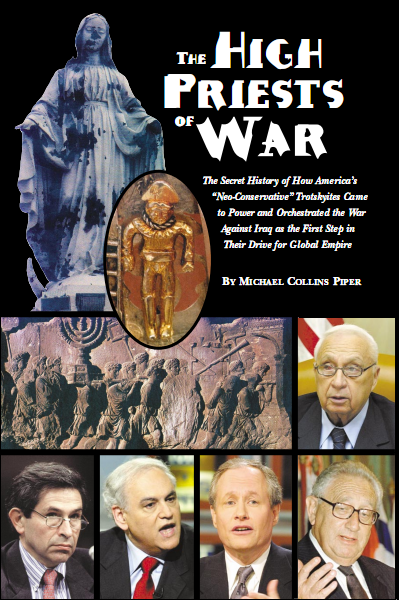
by Michael Collins Piper (2004)
The secret history of how America’s ‘Neo conservative’ trotskyites came to power and orchestrated the war against Iraq as the first step in their drive for global empire.
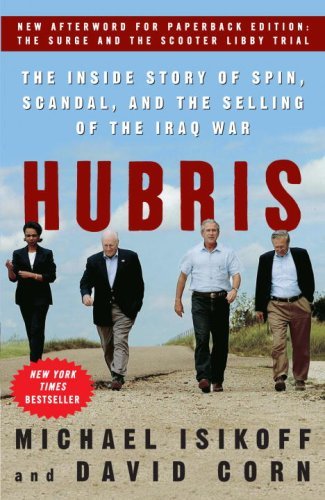
Hubris: The Inside Story of Spin, Scandal, and the Selling of the Iraq War
by Michael Isikoff and David Corn (2007)
Written by veteran journalists, this is the inside story of how President Bush took the nation to war using faulty and fraudulent intelligence. Filled with new revelations, Hubris is a narrative of intrigue that connects the dots between George W. Bush’s expletive-laden outbursts at Saddam Hussein, the bitter battles between the CIA and the White House, the fights within the intelligence community over Saddam’s weapons of mass destruction, the startling influence of an obscure academic on top government officials, the real reason Valerie Plame was outed, and a top reporter’s ties to wily Iraqi exiles trying to start a war.
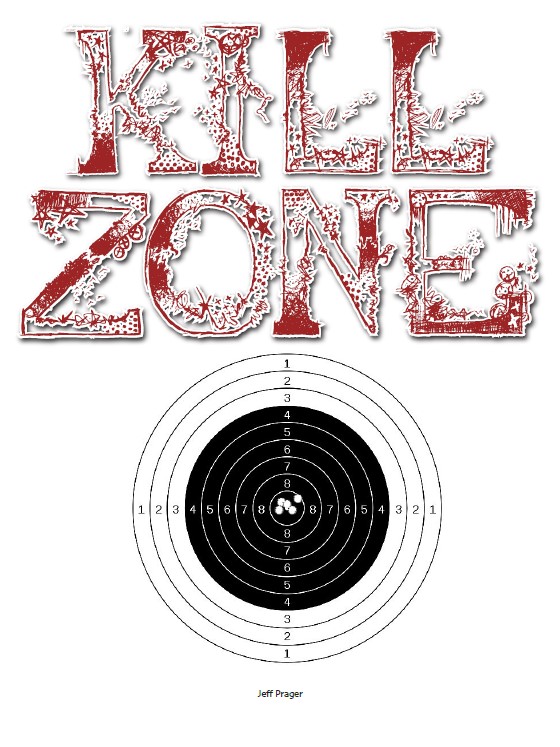
During the first five months of 2010, a platoon of U.S. soldiers in Afghanistan went on a shooting spree, killing at least four unarmed civilians and mutilating several of the corpses. The “kill team” – members of the 5th Stryker Brigade stationed near Kandahar – took scores of photos chronicling their kills and their time in Afghanistan. Even before the war crimes became public, the Pentagon went to extraordinary measures to suppress the photos, launching a massive effort to find every file and pull the pictures out of circulation before they could touch off a scandal on the scale of Abu Ghraib.
Links to videos referenced in the paper: — Motorcycle Kill — Death Zone
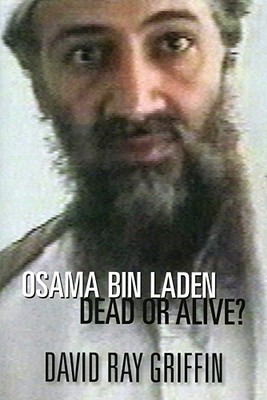
Osama Bin Laden: Dead or Alive?
by David Ray Griffin (2009)
Written before the infamous Seal Team Six raid in 2011 in which bin Laden was reportedly killed, this book was a timely examination of the whole range of evidence bearing on the question — was Osama bin Laden still alive as of 2009? The importance of this question came from the fact that the United States under its new president was escalating its offensive in Afghanistan and expanding the war into Pakistan, claiming that the “hunt for bin Laden” was one of its principal motivations for doing so. Griffin shows that many US experts in counterterrorism and counterinsurgency came to the conclusion long ago that in all likelihood he died in very late 2001, thereby undermining one of the main props for the War on Terror.
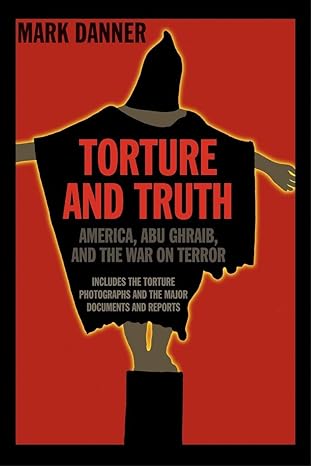
Torture and Truth: America, Abu Ghraib, and the War on Terror
by Mark Danner (2004)
In the spring of 2004, graphic photographs of Iraqi prisoners being tortured by American soldiers in Baghdad’s Abu Ghraib prison flashed around the world. The images are shocking, but do they tell the whole story? To answer that question, Mark Danner turns to the documents that are collected for the first time in this book, including secret government memos, some never before published. In that process, though, we are left with the questions those photos and documents pose for our democratic society: Does fighting a “new kind of war” on terror justify torture? Who will we hold responsible for deciding to pursue such a policy, and what will be the moral and political costs to the country?

by Stephen J. Sniegoski (2008)
Although it is generally understood that American neoconservatives pushed hard for the war in Iraq, this book forcefully argues that the neocons’ goal was not the spread of democracy, but the protection of Israel’s interests in the Middle East. Showing that the neocon movement has always identified closely with the interests of Israel’s Likudnik right wing, the discussion contends that neocon advice on Iraq was the exact opposite of conventional United States foreign policy, which has always sought to maintain stability in the region to promote the flow of oil.